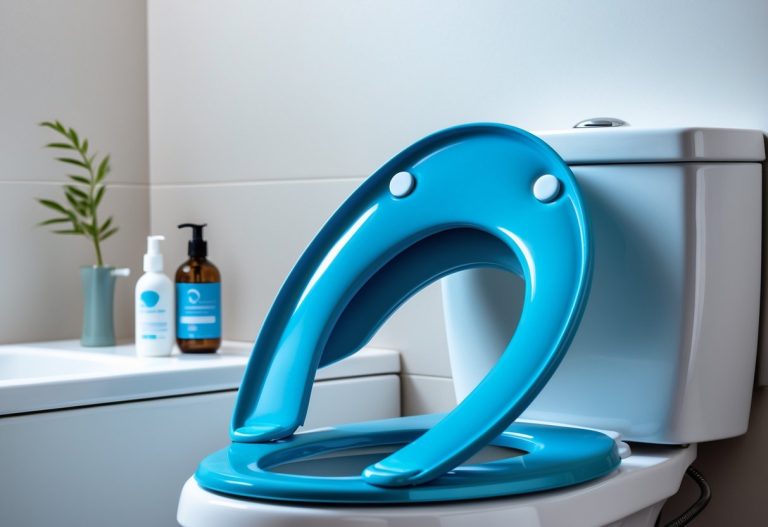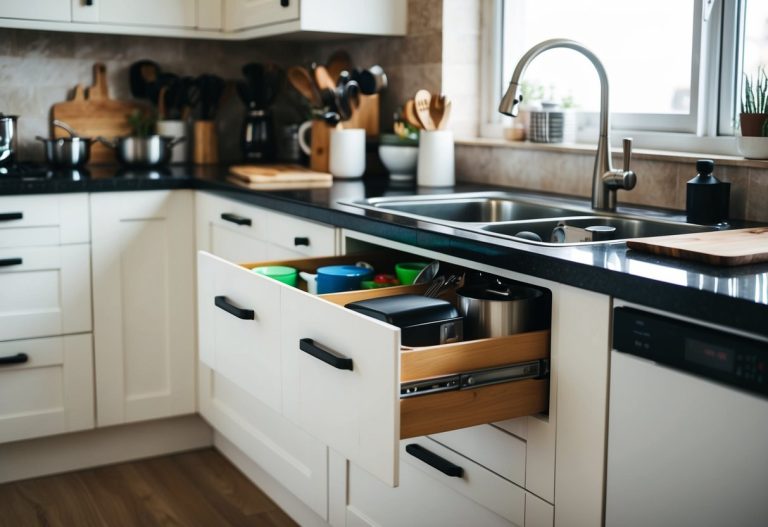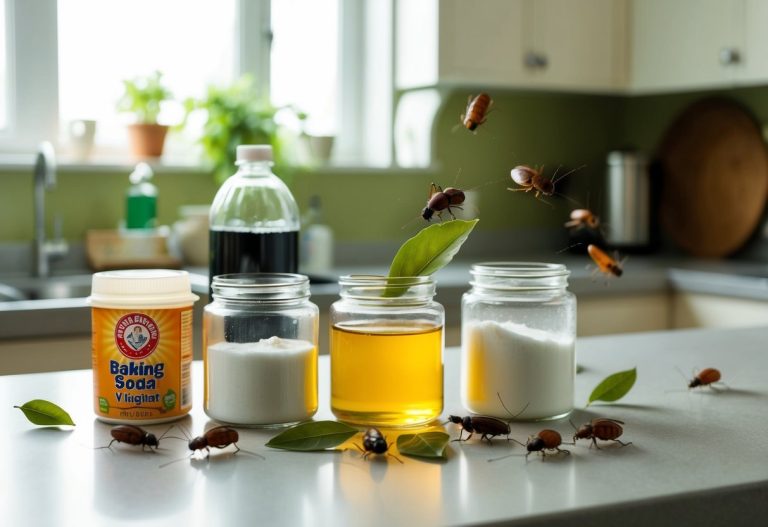How to Limewash Walls: A Friendly Guide to Refresh Your Space
If you want to give your walls a fresh, natural look, limewashing is a great choice. Limewashing is a simple painting technique that uses a mixture of water and lime to create a soft, textured finish with subtle color variations. It’s perfect for adding a touch of rustic charm or a vintage feel to any room.
Before you start, you’ll need to clean your walls well and protect surrounding areas. The process is easy to follow, and you don’t need special skills or tools to get good results. This method works on many wall types and can brighten up your space with a unique, old-world style.
You might be surprised at how just a few steps can change the look of your room without needing expensive materials or a full renovation. Keep reading to learn exactly how to limewash your walls and bring a new vibe to your home.
Step-By-Step Guide to Limewashing Walls

Limewashing is a simple process, but doing it right takes some planning and care. You’ll learn which walls work best, what tools to use, how to get your surfaces ready, and the proper way to apply limewash for a smooth finish.
Choosing the Right Walls for Limewash
You can limewash both interior and exterior walls, but not all surfaces are ideal. Limewash works best on porous materials like brick, stone, plaster, or untreated wood. These materials soak up limewash well, giving a natural, matte look.
Avoid smooth, sealed, or glossy surfaces because limewash won’t stick properly. Painted walls usually need stripping or sanding before limewashing. Also, limewash is breathable and good for older homes where moisture needs to escape, but it isn’t a waterproof sealant.
Gathering Materials and Tools Needed
You need a few basic materials and tools to start limewashing:
- Limewash powder or premixed limewash paint
- Water for mixing (if using powder)
- Bucket for mixing and holding limewash
- Large block or flat brush (about 4-6 inches wide)
- Paint roller and tray (optional for large areas)
- Drop cloths to protect floors and furniture
- Sandpaper or wire brush for surface prep
- Gloves and safety goggles for protection
Make sure to wear old clothes because limewash can stain. Having everything ready before you start prevents interruptions.
Preparing Surfaces for Limewashing
Your wall surface must be clean and slightly rough. Start by scrubbing or brushing off dirt, dust, flaking paint, or loose plaster. Use sandpaper or a wire brush to remove glossy finishes or smooth sealed spots. If the surface was previously painted, stripping or sanding is important for limewash to stick.
For porous surfaces like brick or stone, dampen the wall lightly with water before limewashing. This helps the limewash absorb evenly. Avoid soaking the wall. Let damp surfaces sit for 10-15 minutes before you apply limewash.
Cover floors and furniture with drop cloths to catch drips.
Applying Limewash for Best Results
Mix limewash powder with water to a smooth, thin consistency if you’re not using premixed limewash. It should be thinner than paint but not watery.
Use a large block brush for random, crisscross strokes. Avoid straight, consistent brush marks. Apply thin, even coats to keep texture natural. Work in small sections to maintain a wet edge.
Let the first coat dry for 4-6 hours. Then apply a second coat, which may be thin or patchy to allow the texture to show through. You can add a third coat if you want a more solid color.
Don’t rush drying between coats, and avoid applying limewash in direct sunlight or very cold weather to prevent flaking.
Tips for Achieving a Beautiful Limewashed Finish

Getting a great limewashed look takes some careful mixing, layering, and care. Knowing how to adjust your colors, build texture with layers, and maintain the finish will help your walls stand out.
Color Mixing and Customization
Start by testing your limewash color on a small wall area before the full job. Limewash naturally dries lighter than it looks when wet, so don’t worry if the first coat seems dark.
You can adjust your mix by adding pigments or using a thin lime and water base. Use natural earth pigments for subtle color changes. Avoid using too much pigment, or the limewash may lose its breathability and texture.
Mix small batches often to keep the color consistent. Stir well to prevent clumps and ensure even color. A good practice is to write down your recipe so you can recreate or tweak the color later.
Layering and Texture Techniques
Apply limewash in thin, even coats. Let each coat dry fully before adding the next. This usually takes about two hours but can vary with humidity.
Use a large brush or roller with a loose, crisscross motion to get the classic cloudy, textured look. Don’t try to cover every spot perfectly—some unevenness adds character.
If you want more texture, apply a second or third coat with different brush strokes. You can also dilute the limewash in layers to make colors peek through for a natural finish.
Caring for Limewashed Walls
Limewashed walls need gentle care to keep their look. Avoid harsh cleaners or scrubbing, which can remove the finish.
If you need to clean, use a soft sponge with mild soap and water. Rinse gently and let dry on its own.
Remember to clean brushes and tools with water right after use so limewash won’t harden on them. If you want your limewashed walls to last longer, consider regular dusting and keeping the area dry.




